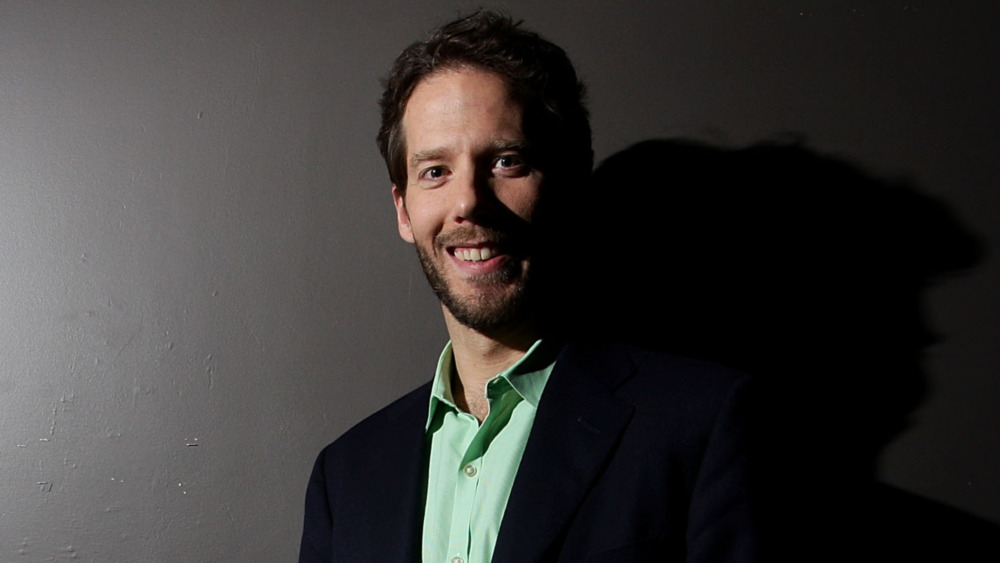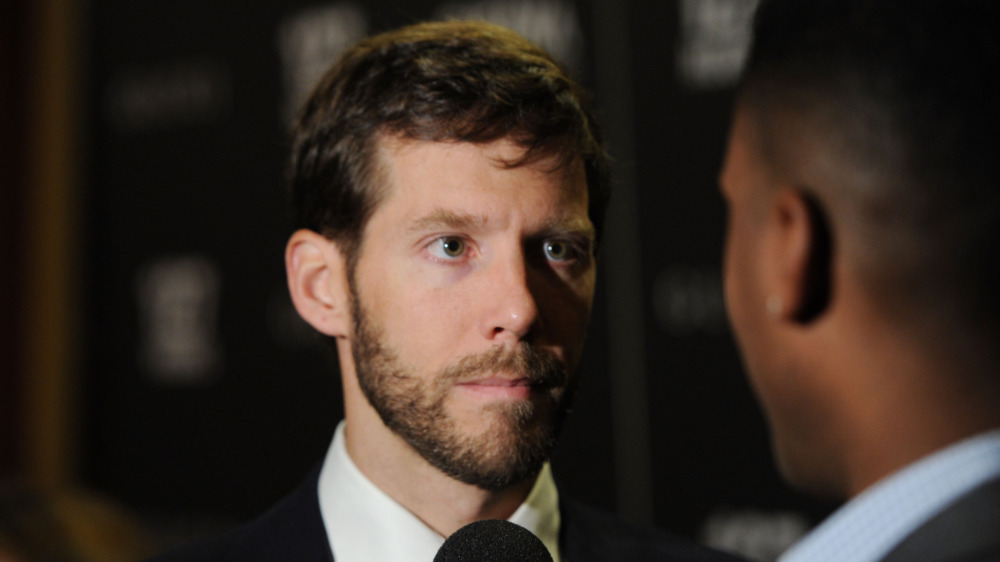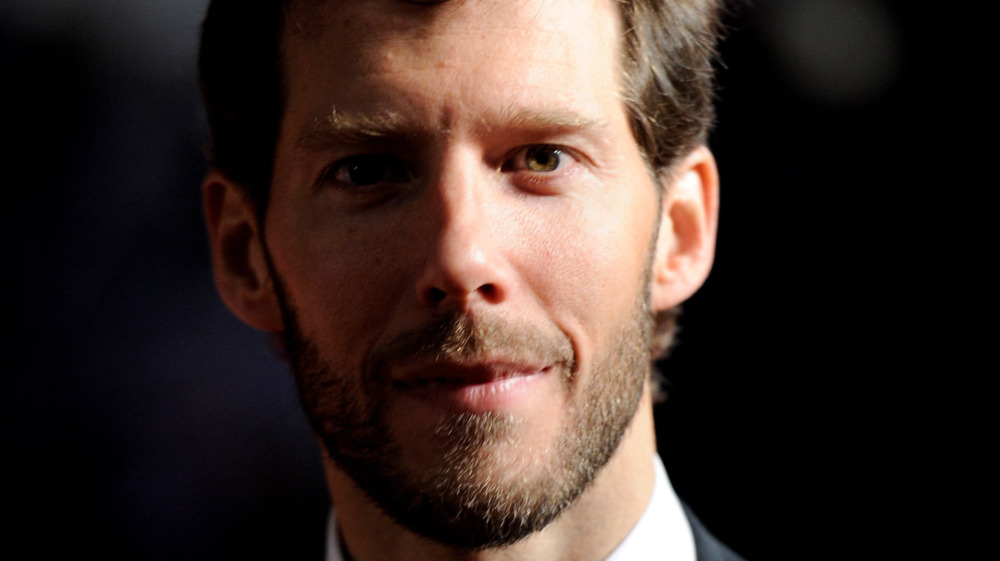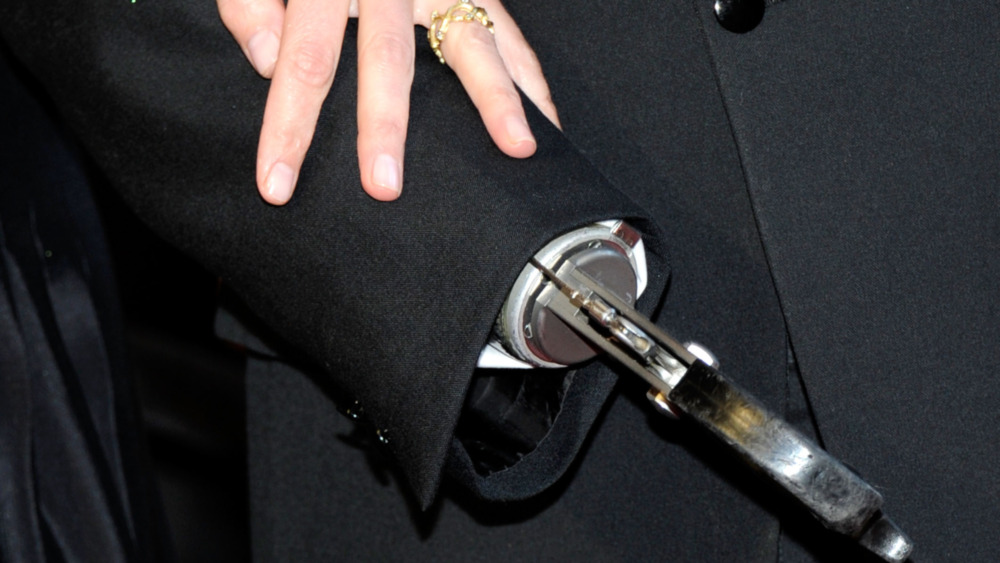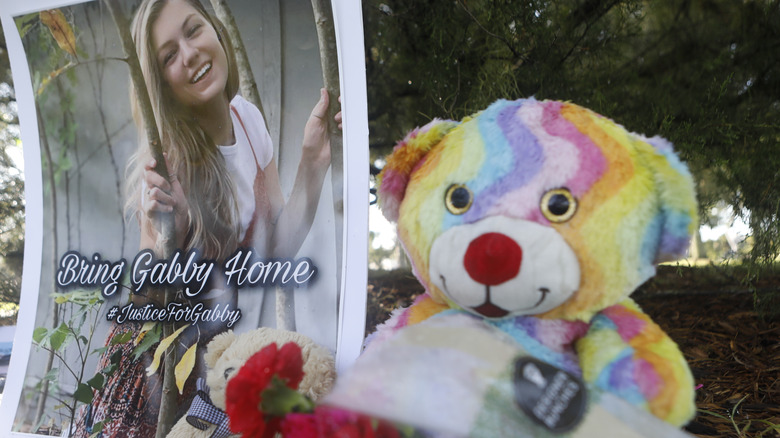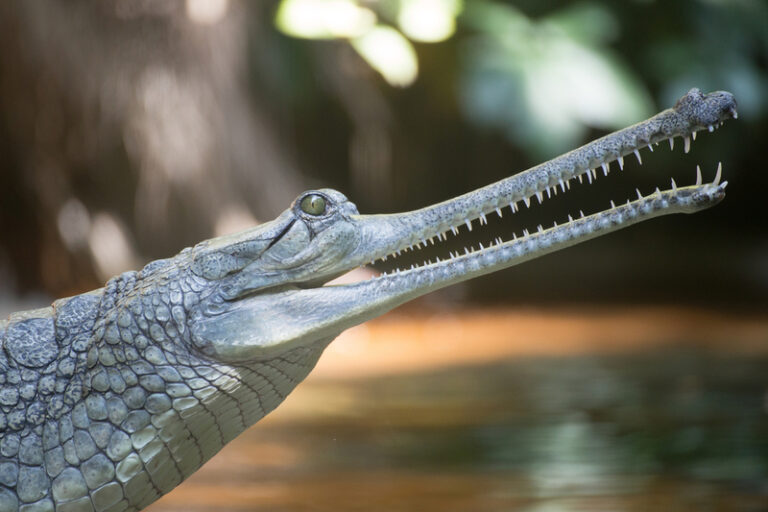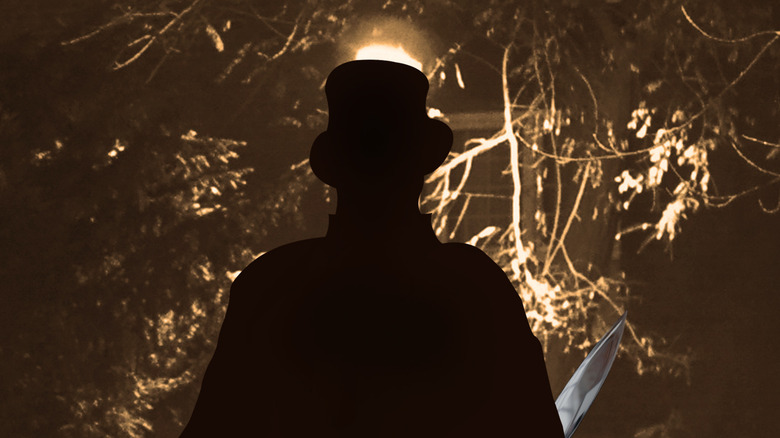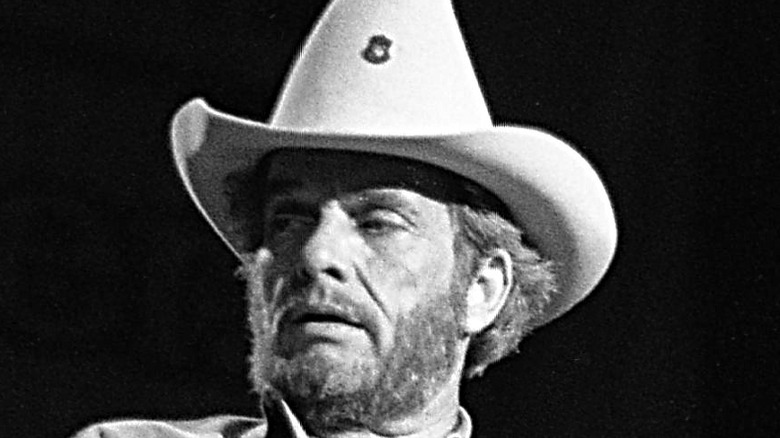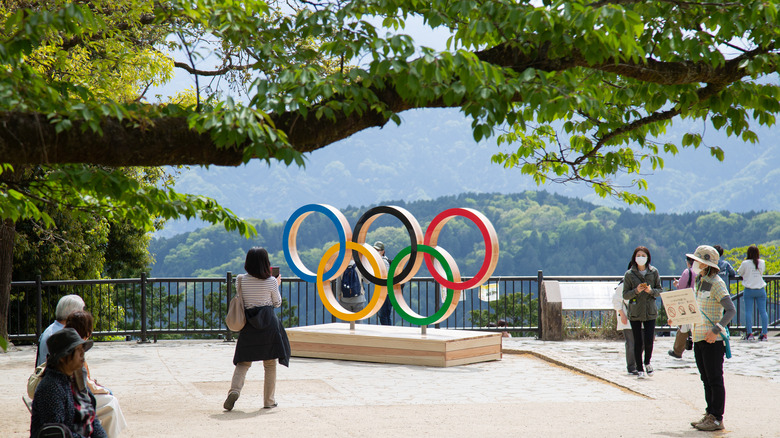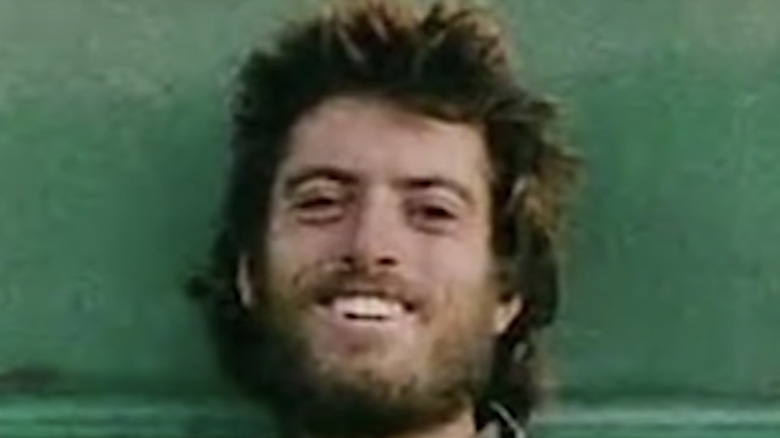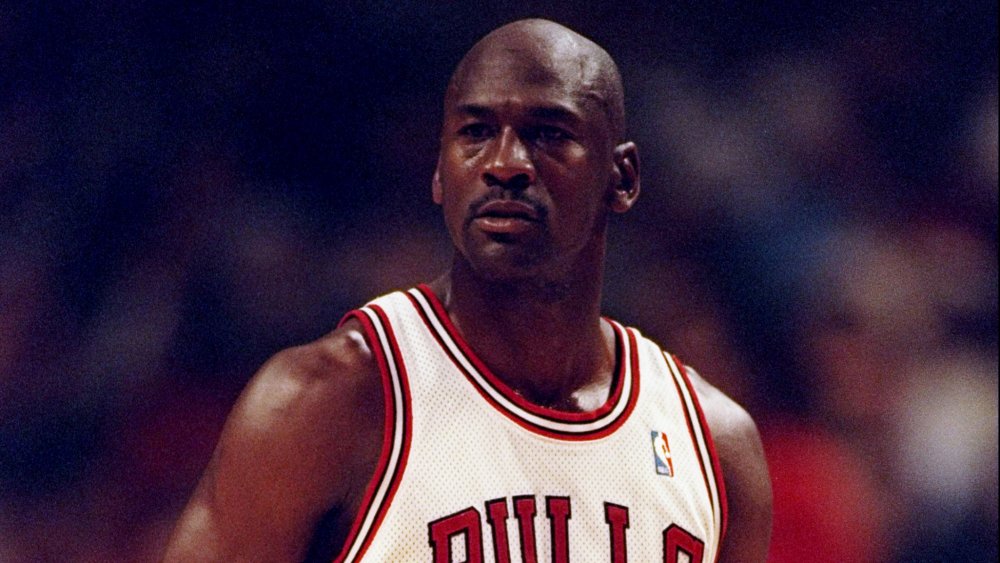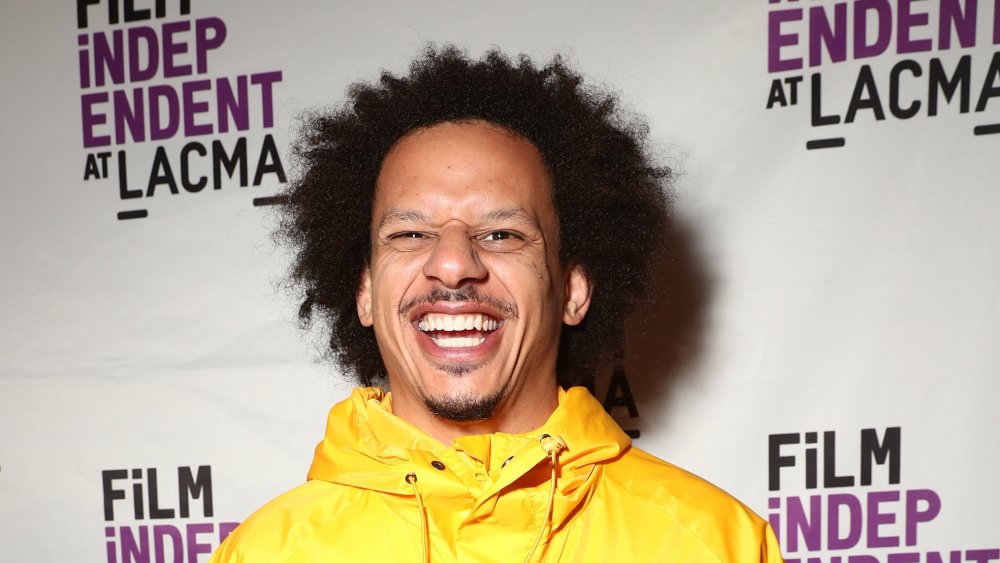
Details You Didn’t Know About Aron Ralston
Aron Ralston was, until 2003, an obscure Colorado mountain climber whom few outside of the mountaineering community had ever heard of. That all changed in April of that year, when Ralston, hiking through Utah’s Bluejohn Canyon, became famous for the worst reason possible: a boulder lodged his right arm against a canyon wall, trapping him there for days and forcing him to cut through his own arm, bones and all, with a dull pocketknife in order to free himself.
The incident got him a book deal (Between a Rock and a Hard Place) and would later lead to him being depicted by James Franco in the Academy Award-nominated film 127 Hours.
Ralston has gone on to become a motivational speaker and, though he now only has one arm, continues his career as a mountaineer, with a view toward summiting many of the world’s highest and/or most difficult peaks. He also continues to advocate for individuals with disabilities, encouraging them to get into nature and do all of the things that able-bodied people do in the outdoors. Along the way, he’s learned some harsh lessons about safety, relationships, and his own mortality.
Ralston's devil-may-care approach to safety cost him relationships
As a result of the fateful incident that made him a household name and almost cost him his life, Ralston has, presumably, learned a thing or two about safety — specifically, not to go hiking alone (or at the very least, without telling loved ones where you’ll be); to make sure you have the proper equipment with you when you go on an adventure; and to make sure environmental conditions are right before striking out.
However, prior to that, he was decidedly more, shall we say, cavalier about the whole thing. Specifically, as he wrote in his book, his nonchalance once cost him two friendships.
Ralston had befriended Mark Beverly and Chadwick Spencer, who shared with him his love of skiing and the outdoors. One day, not long before his arm-amputating incident, the three had gone to Colorado‘s Resolution Peak, only to be caught in an avalanche. Though everybody made it out of the incident okay, his friends stopped speaking to him after that, causing Ralston to rethink his approach to safety and risk.
Ralston has been accused of having a death wish
In his book, Ralston owns up to his haphazard approach to safety. Prior to losing an arm and coming close to losing his life in the process, his misadventures weren’t just limited to poorly-timed excursions to the mountains or failure to plan properly. In fact, so disdainful was Ralston of even the most basic of safety precautions, explained The New York Times, that a book reviewer accused him of having a “death wish.” In addition to having gotten caught in an avalanche, he’d also disturbed a bear and nearly drowned, among other bad choices.
At one point, a group of schoolchildren forced him to own up to his bad example. About a month after his arm-amputating incident, Ralston was talking to a group of children at his old middle school. Still wearing a sling, he was forced to answer probing questions from the kids about why he made the series of decisions that began with him venturing out alone and ended with him slicing off his own arm.
The years after his accident were extremely difficult for him
As anyone who has ever lived through a truly life-threatening experience or other traumatic event can tell you, the pain of such trauma doesn’t end when the bad part is over. It continues, sometimes for years, sometimes causing destruction in its wake.
Ralston didn’t escape that fate. In 2006, three years after being rescued from the Utah canyon, the mountaineer lost two friends to suicide, according to The New York Times. That same year, his girlfriend broke up with him, according to The Guardian. Still, Ralston looks back on those years as a growing and learning experience. “It was a blessing in a way. It made me think about the way I was living,” he said.
He emerged from the experience a different man: wiser, perhaps, but also more motivated. As his sister, Sonja Ralston Elder, described him: “He’s more serious now, and by that I mean not somber but intense. He does things with more focus, more purpose than before.”
Ralston still visits the site where he almost died
By all rights, Ralston could be forgiven if he never wanted to set foot in Utah, let alone Bluejohn Canyon, ever again. But as it turns out, the outdoorsman has turned the site where he almost died into a pilgrim’s destination of sorts.
As he explained to The Guardian, he sometimes visits the site where fate changed his life forever. The 800-pound boulder that nearly cost him his life is still there (or, was, as of 2010), and Ralston treated it as his very own Ebenezer – described by Christianity Today as an Old Testament stone monument commemorating a victory. There, at the site of his painful, nearly deadly, experience, Raston meditated on the lessons he’s learned, the rock serving as a metaphor for his new approach to life.
“I touch it and go back to that place, remembering when I thought about what’s important in life, relationships, and this quest to want to get out of there and return to love and relationships … to return to freedom instead of entrapment,” he said.
Ralston continues to advocate for adventuring in spite of disabilities
His lessons having been learned, Ralston has spent the past two decades continuing his mountaineering goals — the same goals he had before being compelled to remove his own arm.
For example, he started out with the goal of conquering all of Colorado’s “fourteeners” — that is, all 58 of the state’s mountain peaks over 14,000 feet — solo and in the winter. As The Aspen Times reported, Ralston achieved that goal a few years after his Utah canyon incident.
He’s also conquered Argentina’s Aconcagua, the highest peak in the Andes, as well other prominent South American peaks, according to The Toronto Star.
In 2018, he told Colorado’s 5280 magazine that he’s taken up advocating for people with disabilities to get out there in nature, noting that millions of fully-abled people don’t go mountaineering, rafting, or hiking, so what’s to stop disabled people from doing it? Specifically, he worked with Boulder’s Paradox Sports, a group that intends to get disabled people into traditional outdoors activities enjoyed by fully-abled folks.
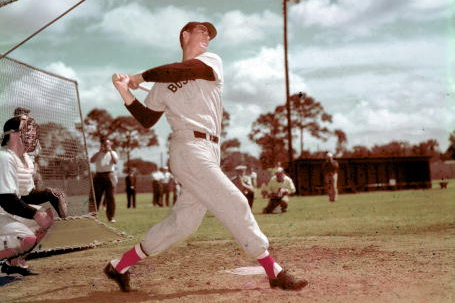
Epic Sports Moments Caught On Camera
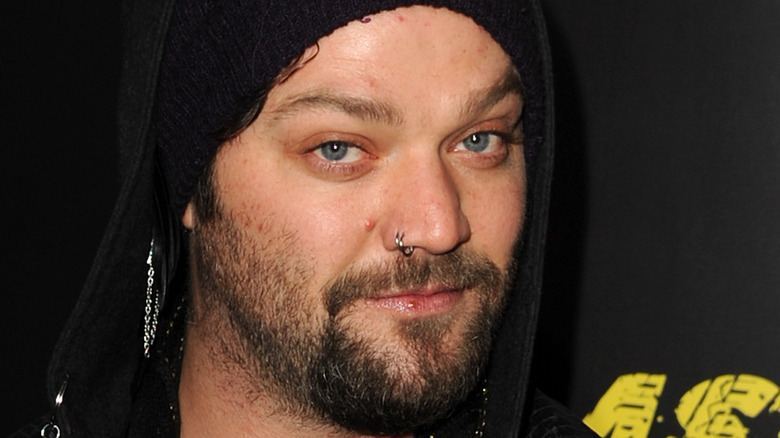
Bam Margera: The Tragic Real-Life Story
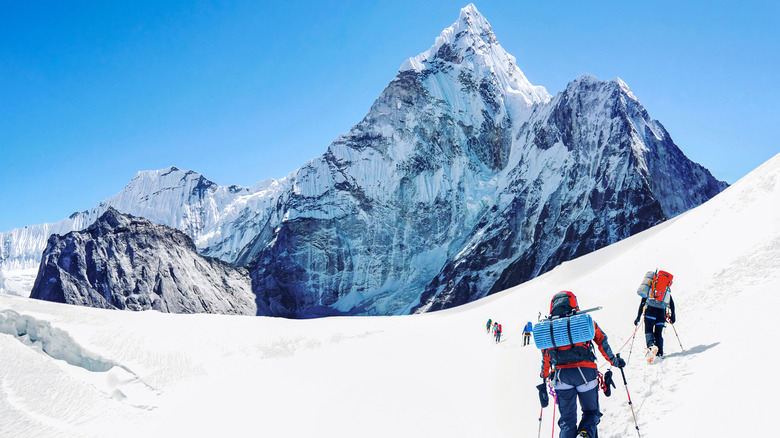
The Truth About Xia Boyu, The Double Amputee Who Climbed Everest

This Is How Japan Is Preparing For The 2021 Tokyo Olympics

Whatever Happened To Mr. Big?

Every Godzilla Movie Ranked Worst To Best
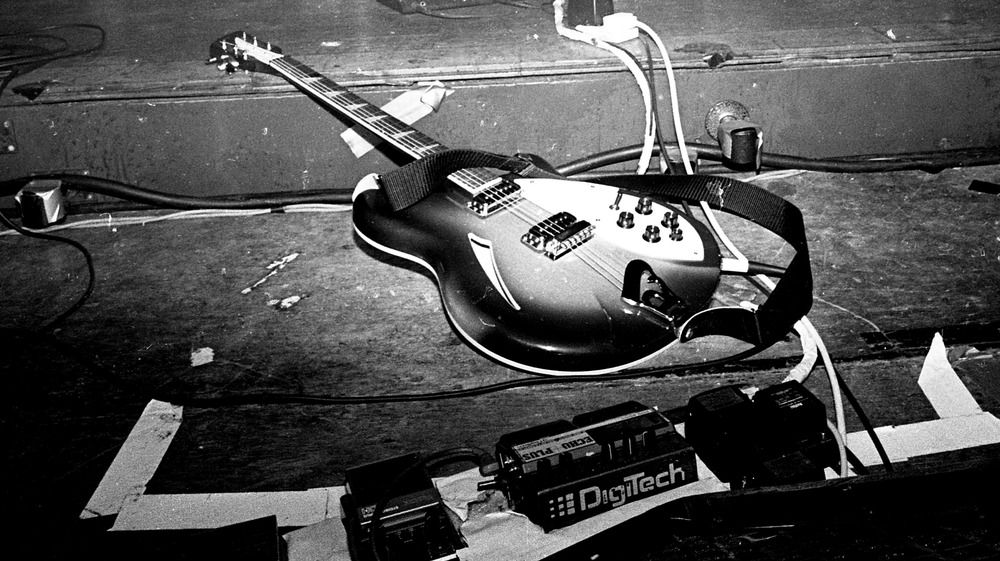
Nearly 40% Of People Think This Is The Greatest Guitar Player Of All Time

Who Won The First NBA Dunk Contest?
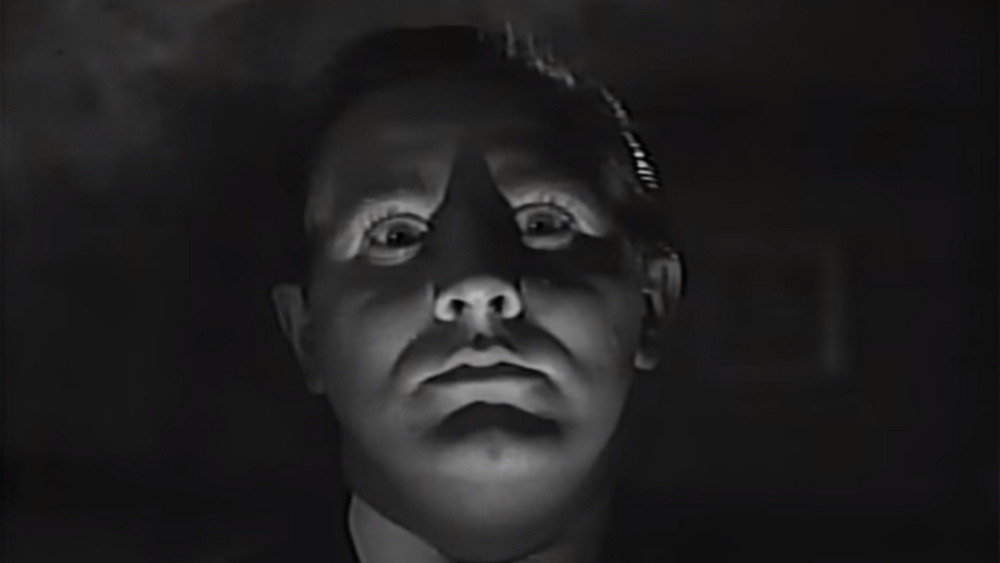
The Tragic Real-Life Story Of Ed Wood
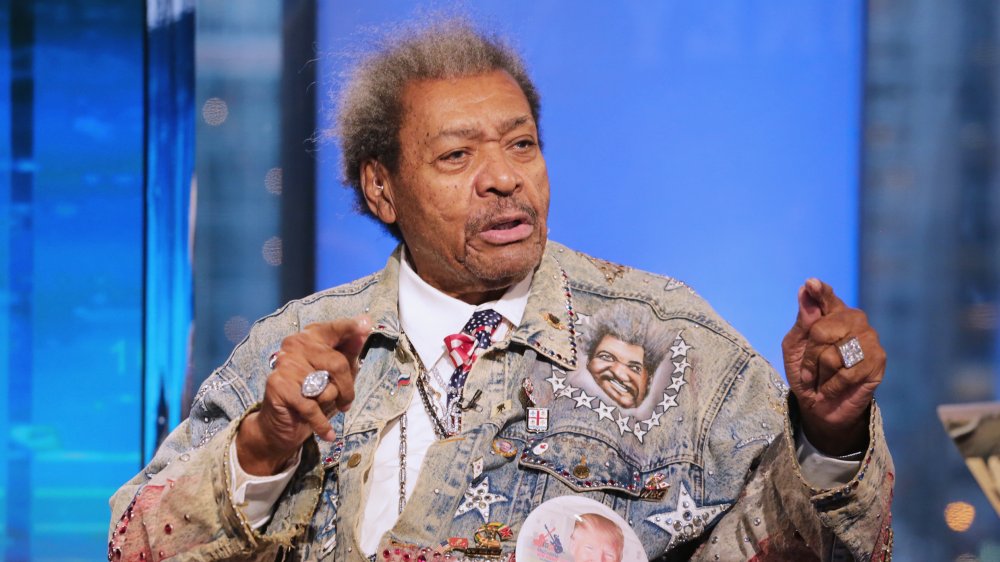
The Time Don King Tried To Unite North And South Korea Through A Boxing Match
